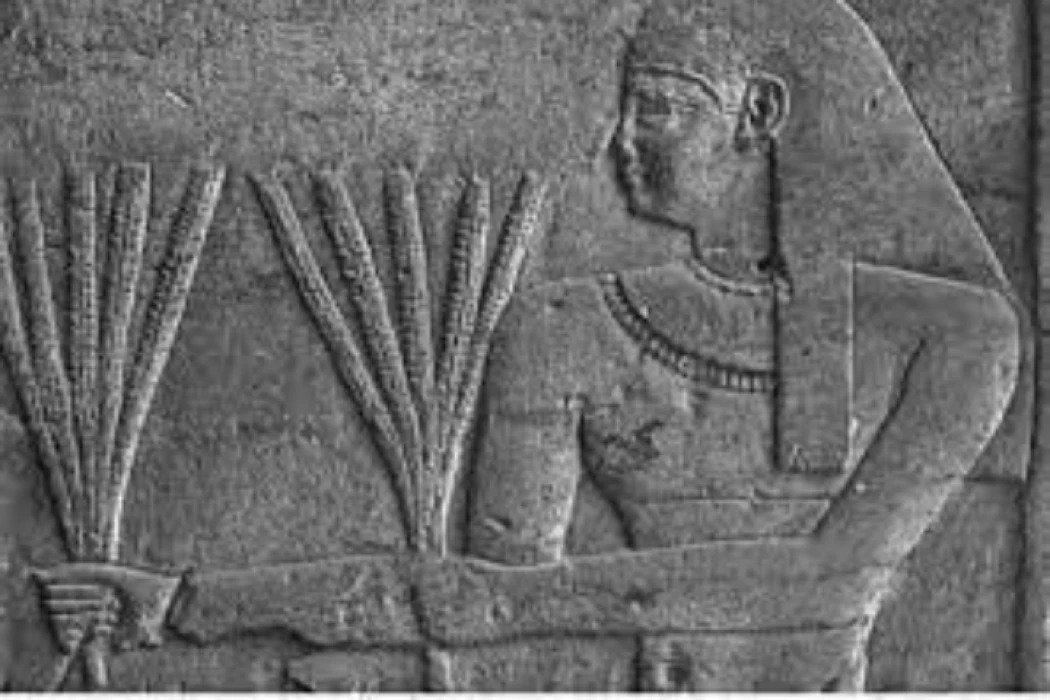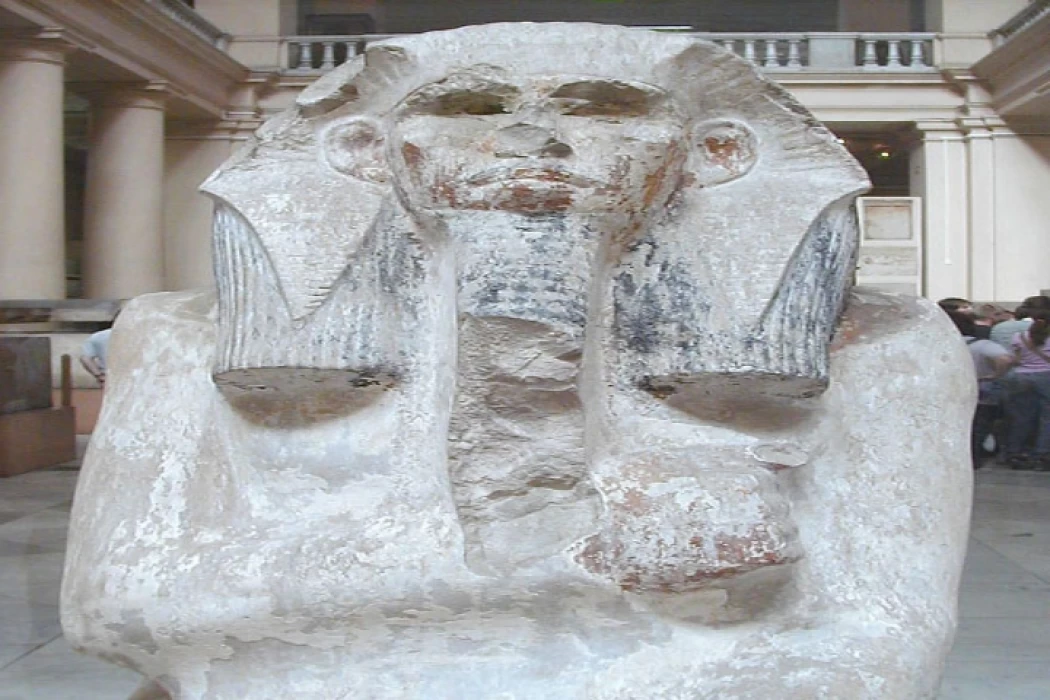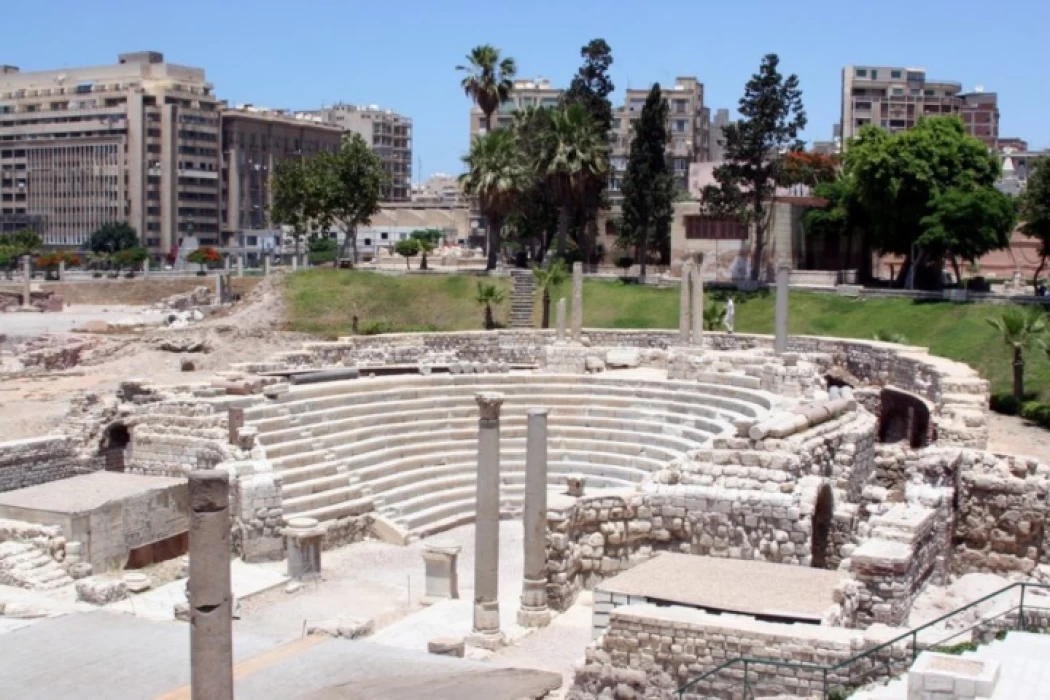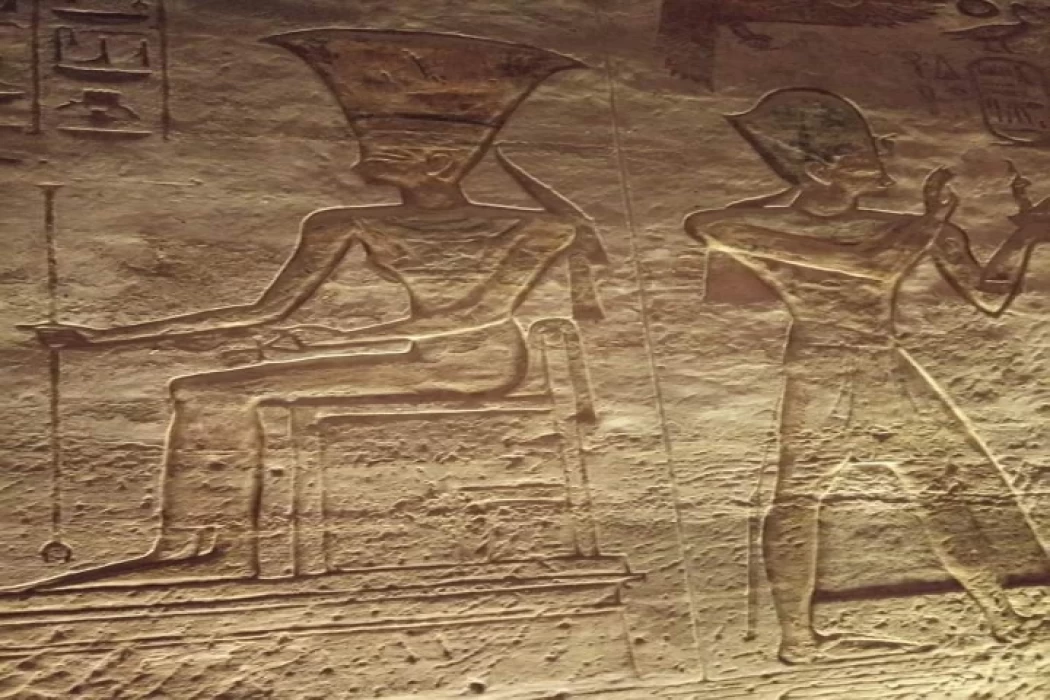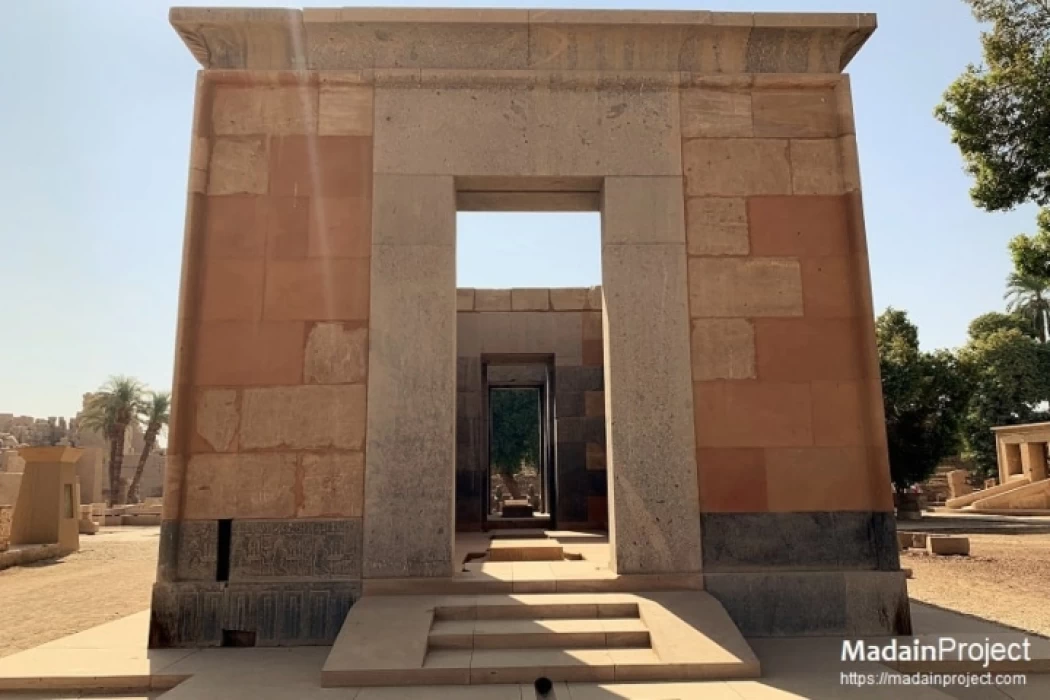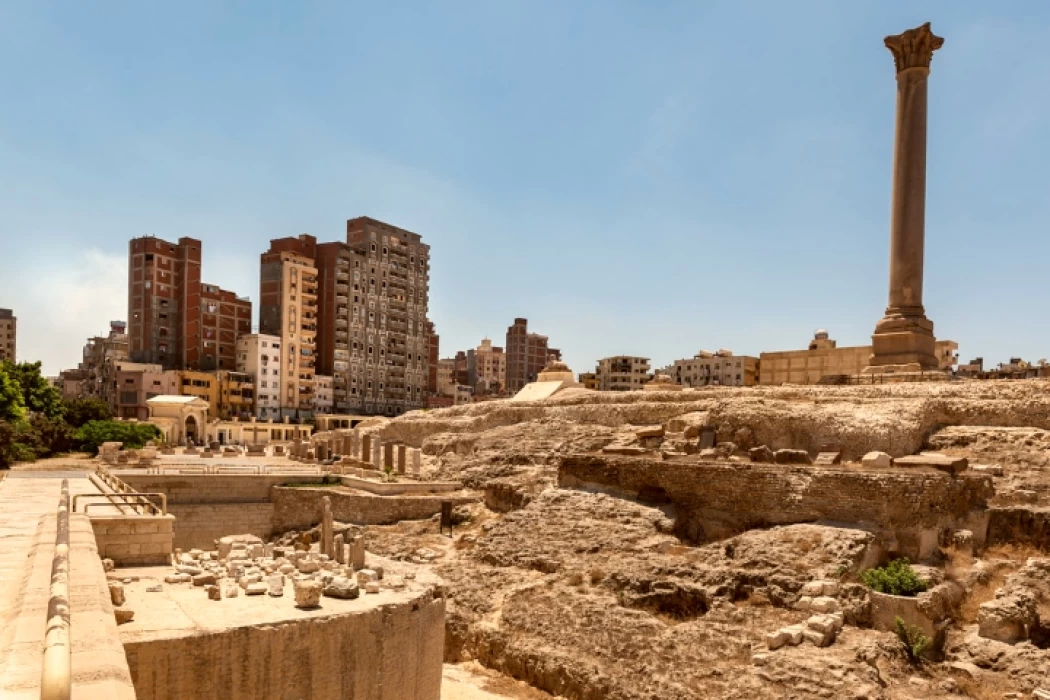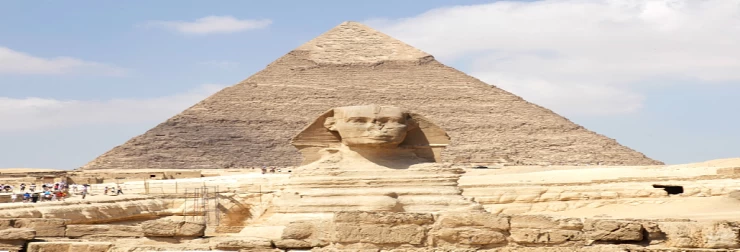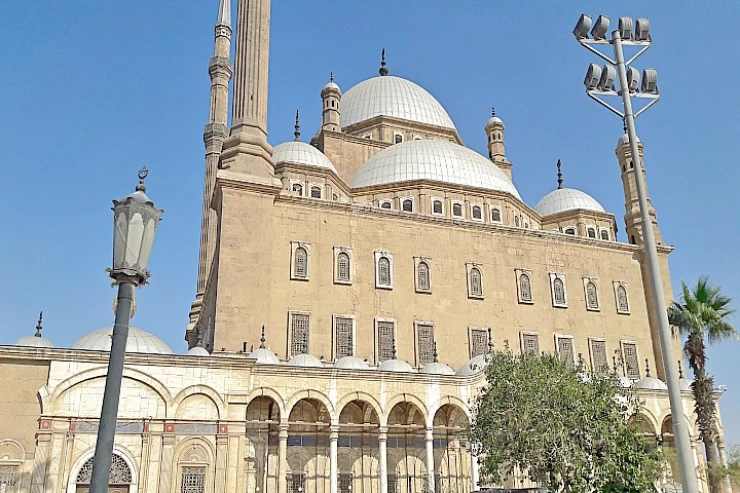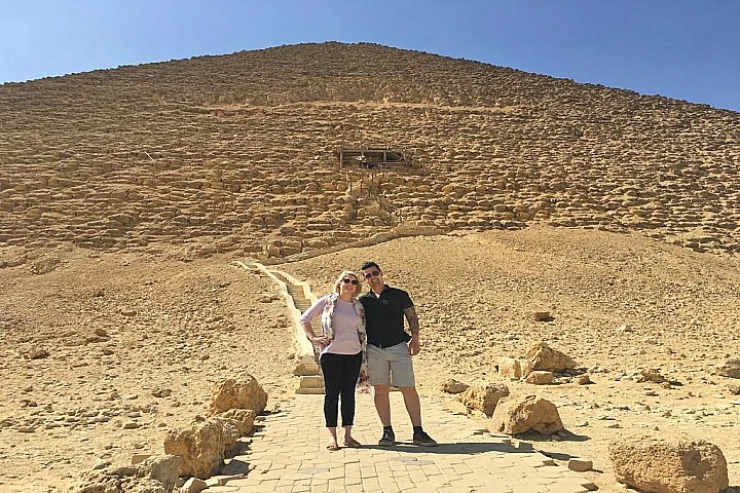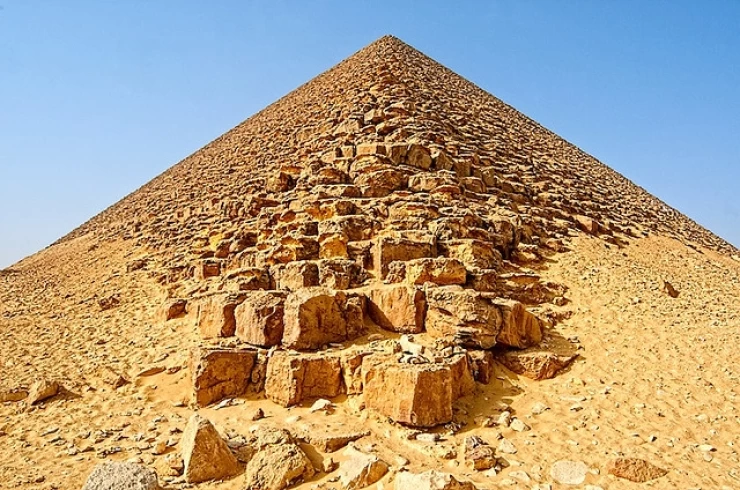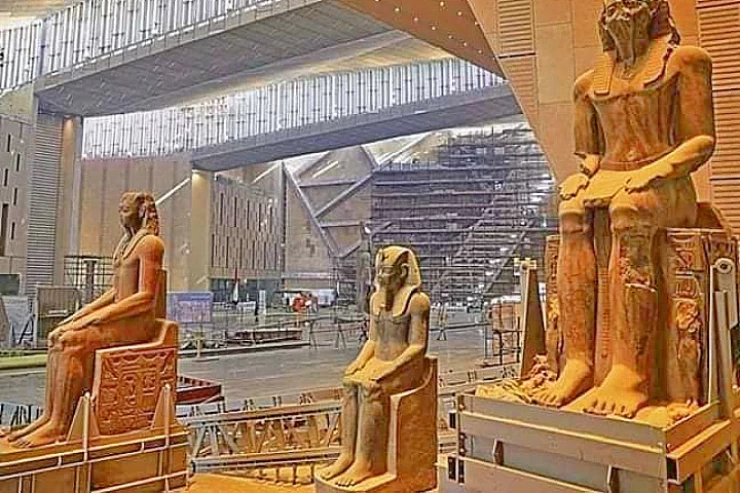
History of Egypt | Egypt Civlization
Egypt's history has been lengthy and prosperous, thanks to the flow of the Nile River and its rich banks and delta, as well as the achievements of Egypt's native inhabitants. Much of Egypt's ancient history remained unknown until the Rosetta Stone was discovered and decoded, which revealed Egyptian hieroglyphs.
The ancient Egyptians' many achievements include the quarrying, surveying, and construction techniques that supported the building of monumental pyramids, temples, and obelisks; a system of mathematics; a practical and effective system of medicine
Ancient Egypt left a lasting legacy. Its art and architecture were widely copied, and its relics were transported to other lands to be studied, admired, or coveted. , visitors and writers have been inspired by its colossal ruins. In the early modern period, Europeans and Egyptians developed a renewed regard for antiquities and excavations, which prompted scientific research into Egyptian civilization and a better awareness of its cultural legacy.
Ancient Egyptian architecture contains some of the world's most famous structures, such as the Great Pyramids of Giza and the Temples of Thebes. The state arranged and supported building projects for religious and commemorative purposes, as well as to underline the pharaoh's vast power. The ancient Egyptians were accomplished builders; employing only simple but effective tools and sighting equipment, architects were able to construct massive stone structures with incredible accuracy and precision, which is still envied today.
Predynastic Egypt
Petroglyphs have been found along Nile terraces and in a desert oasis. A grain-grinding culture supplanted a hunter-gatherer and fishing culture in the tenth millennium BC. Around 6000 BC, climate change and/or overgrazing began to dry off Egypt's pastoral areas, forming the Sahara. Early tribal peoples moved to the Nile River, where they established a stable agricultural economy and a more structured civilization. By about 6000 BC, a Neolithic society had established itself in the Nile Valley. Several predynastic cultures emerged in Upper and Lower Egypt on their own throughout the Neolithic period. The Badari civilization and its descendant, the Naqada series, are widely regarded as antecedents to dynasty Egypt. Merimde, the earliest known Lower Egyptian site, precedes the Badarian by around 700 years. For for than two thousand years, contemporary Lower Egyptian towns coexisted with their southern counterparts, remaining culturally different but in close contact through trade. The oldest known evidence of Egyptian hieroglyphic inscriptions came during the predynastic period on Naqada III pottery jars, dated around 3200 BC.
Dynastic Egypt
The First Intermediate Period marked the beginning of approximately 150 years of political turmoil.[6] However, stronger Nile floods and political stability restored the country's prosperity in the Middle Kingdom around 2040 BC, peaking during the reign of Pharaoh Amenemhat III. A second phase of fragmentation marked the emergence of Egypt's first foreign ruling dynasty, the Semitic-speaking Hyksos. Around 1650 BC, the Hyksos migrants took over much of Lower Egypt and established Avaris as their new capital. They were forced out by an Upper Egyptian army commanded by Ahmose I, who established the Eighteenth Dynasty and moved the capital from Memphis to Thebes.
First Intermediate Period
The First Intermediate Period marked the beginning of approximately 150 years of political turmoil.[6] However, stronger Nile floods and political stability restored the country's prosperity in the Middle Kingdom around 2040 BC, peaking during the reign of Pharaoh Amenemhat III. A second phase of fragmentation marked the emergence of Egypt's first foreign ruling dynasty, the Semitic-speaking Hyksos. Around 1650 BC, the Hyksos migrants took over much of Lower Egypt and established Avaris as their new capital. They were forced out by an Upper Egyptian army commanded by Ahmose I, who established the Eighteenth Dynasty and moved the capital from Memphis to Thebes.
New Kingdom, Third Intermediate Period, and Late Period.
The Eighteenth Dynasty inaugurated the New Kingdom (c. 1550-1070 BC), establishing Egypt as an international power that developed into an empire spanning Syria to Upper Nubia. Hatshepsut, Thutmose III, Akhenaten, and his wife Nefertiti, Tutankhamun, and Ramesses II are among the most well-known Pharaohs from this period. Atenism, the first historically known expression of monotheism, emerged around this period, however, some[who?] regard it as a kind of monolatry rather than monotheism. The New Kingdom gained new ideas as a result of frequent contact with foreign nations. Libyans, Nubians, and Assyrians later dominated and conquered the country, but the native Egyptians eventually drove them out and reclaimed power.
Achaemenid Rule
Egyptian soldier from the Achaemenid army, circa 470 BCE. Xerxes I tomb relief. Except for Petubastis III and maybe Psammetichus IV, the whole Twenty-seventh Dynasty of Egypt, from 525 BC to 402 BC, was ruled entirely by Persians, with Achaemenid kings given the title of pharaoh. Amyrtaeus' victorious uprising ended the first Achaemenid empire and marked Egypt's final important period of independence under native kings. The Thirtieth Dynasty was the final native governing dynasty of the Pharaonic period. It fell to the Persians once more in 343 BC, after the last local Pharaoh, King Nectanebo II, was defeated in combat.
The Second Achaemenid Conquest
The Thirty-first Dynasty of Egypt, commonly known as the Second Egyptian Satrapy, was a short-lived province of the Achaemenid Empire that existed from 343 BC to 332 BC. Following an interval of independence during which three indigenous dynasties reigned (the 28th, 29th, and 30th dynasties), Artaxerxes III (358-338 BC) reconquered the Nile valley for a brief second period (343-332 BC), known as the Thirty-first Dynasty of Egypt, ushering in a new era of Persian pharaohs.
Ptolemaic Kingdom
The Ptolemaic Kingdom was a great Hellenistic monarchy that stretched from southern Syria in the east to Cyrene in the west and south to the Nubian border. Alexandria became the capital city and a hub of Greek culture and commerce. To obtain acceptance among the local Egyptians, they referred to themselves as the Pharaohs' successors.
Roman Egypt
Egypt swiftly became the Empire's breadbasket, supplying the majority of the Empire's grain as well as flax, papyrus, glass, and a wide range of finished commodities. Alexandria became an important trading outpost for the Roman Empire. Shipping from Egypt often reached India, Ethiopia, and other overseas destinations. It was also a major (if not the primary) scientific and technological center for the Empire. Scholars like Ptolemy, Hypatia, and Heron pioneered new fields in astronomy, mathematics, and other subjects. Culturally, the city of Alexandria sometimes rivaled Rome in its importance.
Latest Articles
Admin
Neper God Of Grain
Neper was the deity of grains, particularly cereals that were important in Ancient Egypt, such as wheat and barley. It was stated that he foretold when the crops would grow, be harvested, and disappear.
Admin
Djoser
Djoser was an ancient Egyptian pharaoh of the 3rd Dynasty during the Old Kingdom and was the founder of that epoch. He is also known by his Hellenized names Tosorthros (from Manetho) and Sesorthos (from Eusebius). He was the son of King Khasekhemwy and Queen Nimaathap, but whether he was also the direct successor to their throne is unclear. Most Ramesside king lists identify a king named Nebka as preceding him, but there are difficulties in connecting that name with contemporary Horus names, so some Egyptologists question the received throne sequence. Djoser is known for his step pyramid, which is the earliest colossal stone building in ancient Egypt
Admin
Kom Al Dikka Alexandria
Kom El Deka, also known as Kom el-Dikka, is a neighborhood and archaeological site in Alexandria, Egypt. Early Kom El-Dikka was a well-off residential area, and later it was a major civic center in Alexandria, with a bath complex (thermae), auditoria (lecture halls), and a theatre.
Admin
The God Anuket
Anuket, in Egyptian religion, the patron deity of the Nile River. Anuket is normally depicted as a beautiful woman wearing a crown of reeds and ostrich feathers and accompanied by a gazelle.
Admin
The Red Chapel of Hatshepsut
The Red Chapel of Hatshepsut or the Chapelle rouge was a religious shrine in Ancient Egypt. The chapel was originally constructed as a barque shrine during the reign of Hatshepsut. She was the fifth pharaoh of the Eighteenth Dynasty from approximately 1479 to 1458 BC.
Admin
The Serapeum of Alexandria
The Serapeum of Alexandria in the Ptolemaic Kingdom was an ancient Greek temple built by Ptolemy III Euergetes (reigned 246–222 BC) and dedicated to Serapis, who was made the protector of Alexandria, Egypt. There are also signs of Harpocrates. It has been referred to as the daughter of the Library of Alexandria.
